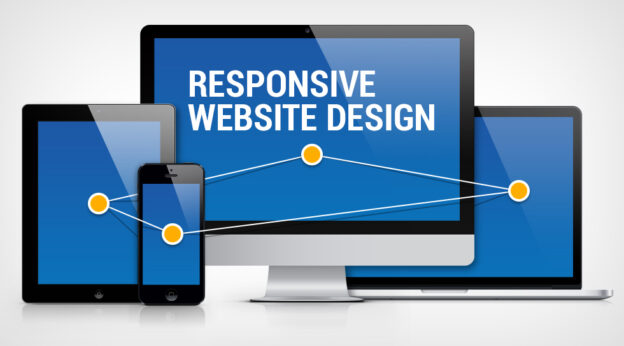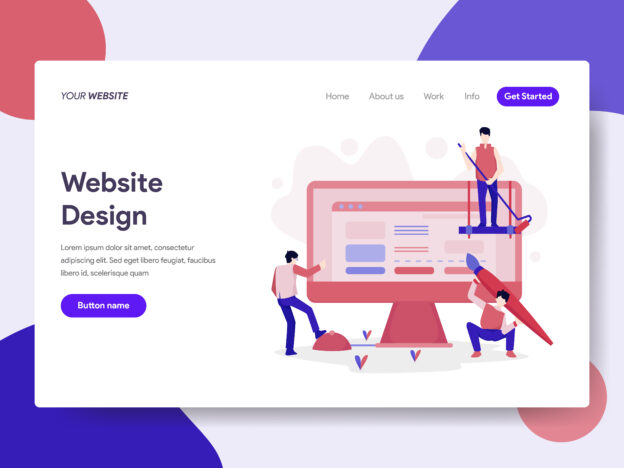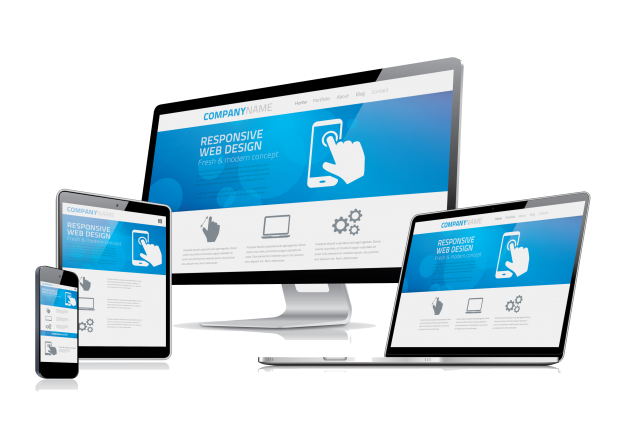In today’s digital age, having a stunning website is essential for businesses and individuals looking to establish a strong online presence. In the beautiful island nation of Mauritius, where tourism and local businesses thrive, a well-designed website can make all the difference in attracting customers and showcasing your unique offerings. In this article, we’ll unlock the secrets to creating a stunning website in Mauritius that captivates visitors and drives success.
- Embrace the Island Aesthetic: Mauritius is renowned for its breathtaking natural beauty, pristine beaches, and vibrant culture. When designing your website, draw inspiration from the island’s aesthetic. Use a color palette that reflects the turquoise waters, lush greenery, and vibrant flowers. Incorporate high-quality images of Mauritius to showcase its beauty and entice visitors to explore further.
- Mobile Responsiveness is a Must: In a world where smartphones are ubiquitous, ensuring that your website is mobile-responsive is non-negotiable. Visitors to your website could be accessing it from a variety of devices, so make sure your site looks and functions flawlessly on mobile phones and tablets. This will improve user experience and boost your site’s search engine rankings.
- Localize Your Content: To connect with the local audience and tourists in Mauritius, consider offering content in multiple languages, including English, French, and Creole. This not only makes your website accessible to a broader audience but also shows respect for the diverse culture and languages spoken on the island.
- Highlight Local Attractions: Mauritius is a paradise for tourists, with numerous attractions, activities, and beautiful destinations to explore. If your business is related to tourism, hospitality, or any local services, prominently feature these attractions on your website. Use stunning images, informative descriptions, and perhaps even create travel itineraries to entice visitors to book with you.
- Optimize for Local SEO: To ensure that your website ranks well in local search results, invest in local SEO optimization. Include keywords related to Mauritius, your specific location, and the services you offer. Claim and verify your Google My Business listing, and encourage customers to leave reviews. This will help your website appear in local search results, attracting potential customers who are actively seeking your products or services.
- Showcase Your Unique Selling Points: Whether you run a boutique hotel, a local restaurant, or an e-commerce store, highlight what makes your business unique. Showcase your distinct offerings, such as authentic Mauritian cuisine, eco-friendly practices, or personalized customer service. Use compelling storytelling to engage visitors and create a connection with your brand.
- Prioritize User Experience: User experience is paramount when it comes to website creation. Ensure that your site is easy to navigate, loads quickly, and provides clear calls-to-action. Implement a clean and organized design that guides visitors to their desired destinations on your website. A positive user experience will encourage longer visits and repeat customers.
- Mobile-Friendly Booking and Contact Forms: If your website involves bookings or inquiries, make sure the booking and contact forms are mobile-friendly. Simplify the process as much as possible to encourage conversions. Respond promptly to inquiries and bookings to provide excellent customer service.
Contact Web Agency Mauritius to create your stunning website. With Web Agency your website will not only attract customers but also leave them with a lasting impression of Mauritius and your business.









